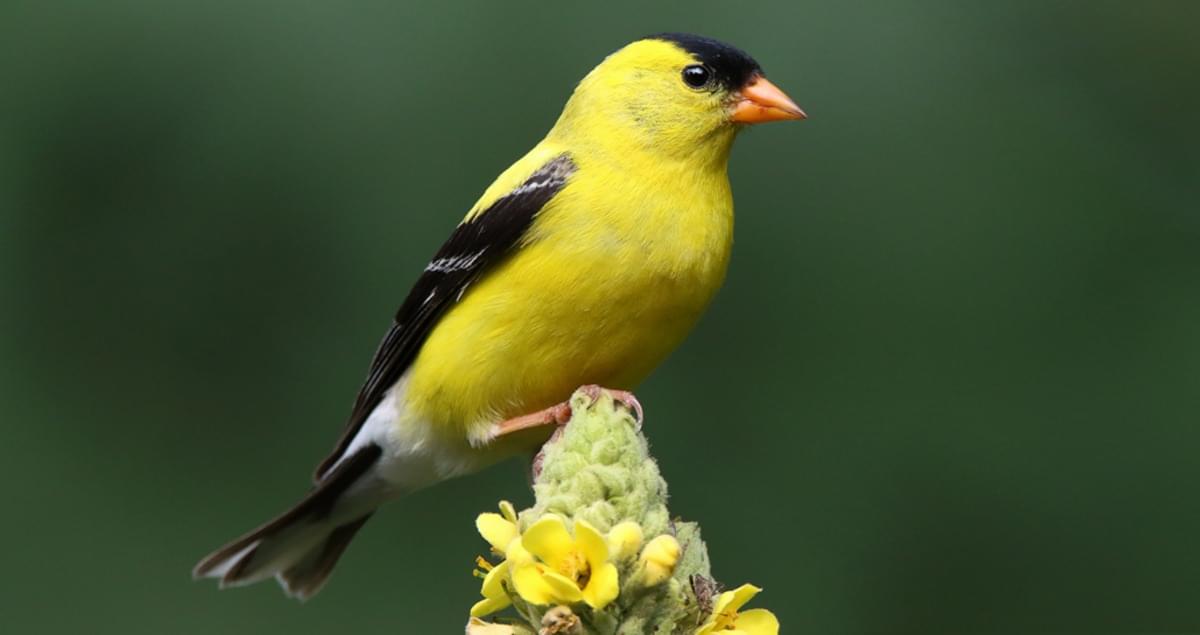Imagining American Elm: Land Ecology

American Elm (absent), Cerulean Warbler, American Goldfinch, Black-capped Chickadee
The American Elm once made up a large proportion of the native forests of New York state, as well as all along the Eastern United States. Elm trees were often planted in cities as well due to their broad leaves that provided ample shade and the beautiful colors they produced in the fall. In the 1950s, however, Dutch Elm disease, caused by an invasive fungus from Europe, spread throughout the United States and devastated the American Elm. Now, only a few groves of these trees remain, but still nowhere near the numbers they used to thrive at. Many animals have been affected by the disappearance of the Elm from New York forests. For example, the Cerulean Warbler, listed federally as a threatened species, prefers Elms almost exclusively as their habitat and for nesting sites. The Elm hosted a great number of insects that relied on the tree for camouflage and larval development. This attracted many insectivore bird species that relied on the constant abundance of caterpillars and other insects found on the Elm’s branches. These insectivores included the Cerulean Warbler, American Goldfinch, and Black-capped Chickadee, all of which have been observed on Colgate’s properties. The American Elm provided a microhabitat for a variety of organisms, all of which have been threatened by its disappearance from American forests.
My name is Claudia Buszta, and I am an Environmental Geography major. I am working this year with Professor Haughwout on the 6th E Street project to illustrate how different organisms relate to each other within their ecological communities. Our focus is on regional ecosystems in New York State, identifying how native species interact with human activity. These summaries are meant to accompany the visualizations of the ecologies within the tunnels.